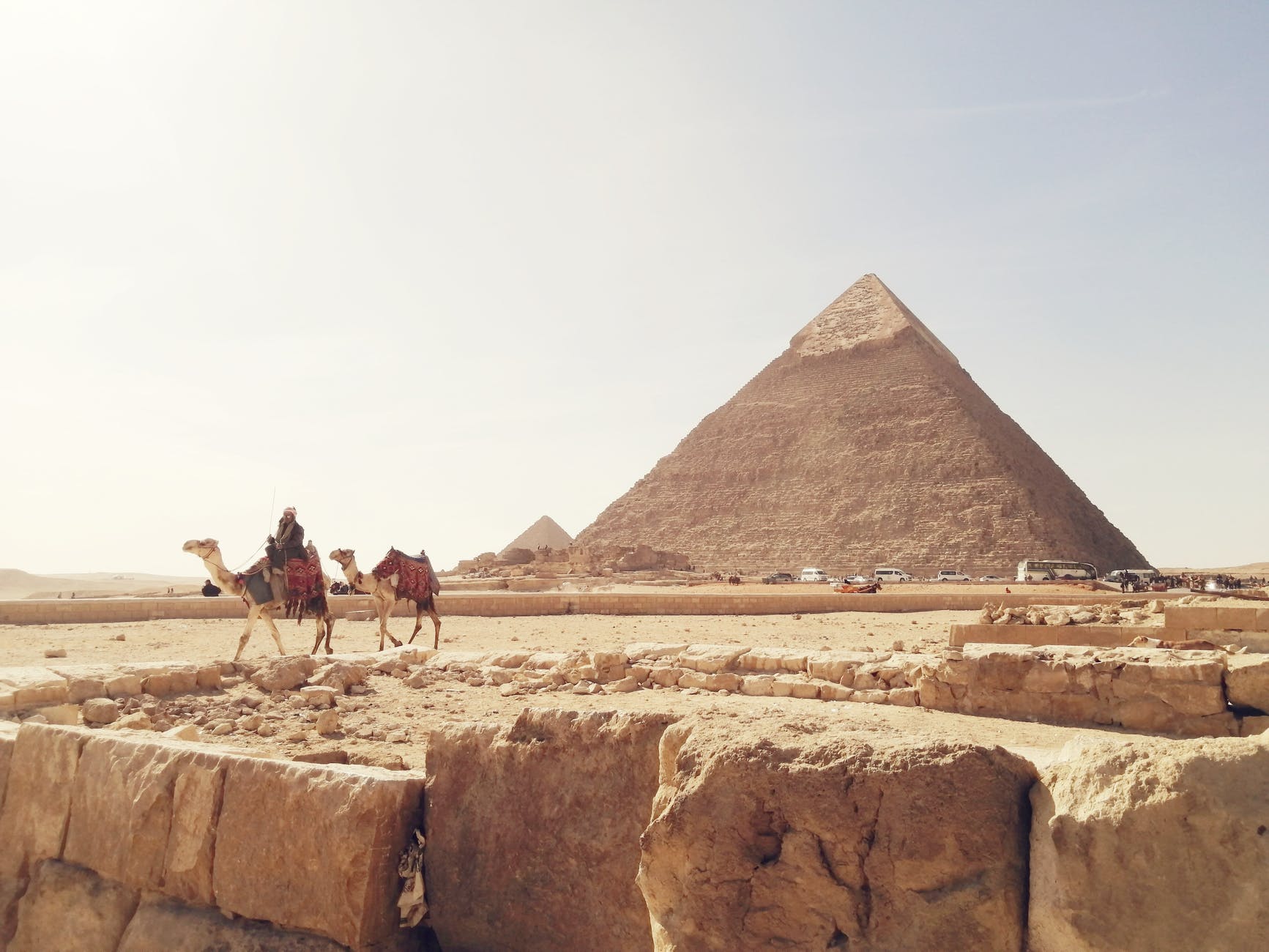Table of Contents
The world has found out about the Golden City of Egypt, which is approximately 3,000 long years old. The discovery seems to be the most significant one after the discovery of Tutankhamen tomb in 1922.
Long lost city has been under sands for three millennia. It is near the Luxor. A team of researchers discovered the lost city in September 2020. Zahi Hawass, an archaeologist from Egypt with his team, revealed facts about the Golden city on Thursday.
Hawass told NC that it was amazing to discover a whole city. Earlier, there were discoveries of the afterlife and tombs, but this is the first when people would get to know the standard of living of the golden era.
Every sand piece will convey how people used to spend their time, lifestyle, and why it is called the golden time. Egypt used to be one of the richest countries worldwide.
There are many discussions available about mummies, the rituals after death, and how people died.
The Golden City of Egypt is the second major discovery
Egypt experienced its largest revelation with this new city found as after its own discovery this is first of such. The excavation is still under process. Only part of it came uncovered. The evidence, including scarabs, colored pottery, and rings, confirmed the timeline. The city belonged to Amenhotep III’s period when he was reigning Egypt. The time stretches between 1391-1353 BC.
Interestingly Hawass and his team were exploring the Mortuary temple of Tutankhamen. They explored a string of walls made out of mud arising from the sand. The walls were long of 10 feet, and the shape of these was zigzag. These are characteristics of the golden period architecture. Many archaeologists have tried to explore but did not find anything in the city.
There were intact grinding stones, meat production areas, and storehouses found under the sand. The site provides such rare glimpses of a working city of Egypt.
Betsy Brian, Egyptology professor of the University of Johns Hopkins, said through the statement of the antiquities ministry of Egypt that the new city’s discovery by archaeologists is very much significant. It is the second most major finding after Tutankhamen’s tomb.
The research team has found a skeleton of a human. The skeleton lied down with its arms stretching aside. There was a rope that was around its knees. The ministry found it very odd. The investigation is going on to find the facts.
There was a vessel that contained 22 pounds of dried meat or may be boiled. The vessel had an inscription. It said that the meat was for the festival of 3rd Heb Sed in the year 37. The meat came from Kha stockyard’s slaughterhouse. Butcher Luwy made it.
Evidences found likely to confirm the timeline with other two sites
The archaeologist team said that they found two names of people. Those confirmed that the lost city belongs to timeline Amenhotep III. Akhenaten was the son of Amenhotep III. He reigned after his father, and then Tutankhamen took over.
There will be more answers available once more excavations take place at the discovered site. More tombs and cemeteries can convey the historical facts of this lost city and its timeline.
British archaeologist Hannah Pethen worked on this excavation. However, she had no involvement while researchers dug Luxor. The Liverpool University honorary fellow said that the new city discovery is an outstanding landmark. It will help to comprehend a lot of things about the region. She added that it is exciting to find an untouched tomb. However, this is something more significant than that. Even more significant than finding the tomb of the pharaoh.
There is much information about various tombs. However, there is not enough evidence on Egyptian lifestyles and work cultures of certain periods.
Lost city about to give unanswered questions
Researchers suggest that the recently found Golden City of Egypt belongs to a period same as a temple found in Memnon. It is also from the time of Amenhotep III. There is also another temple in Medinet Habu, which belongs to the same timeline. It is from Rameses III’s time. The newly found lost city will play an important role in confirming evidence that the timelines were similar to these three sites.
Pethen said that the discovery would provide a settlement to the period of a civilization grown in the Nile River’s West Bank. They are cross-checking if the times are the same through examining the cemeteries and tombs found there. Researchers earlier found cemeteries, tombs, and temples but now a city which is quite amazing.
It is a big mystery behind Akhenaten and Nefertiti, his queen’s abandoning their kingdom and religion in Thebes. Now Thebes name is Luxor. Akhenaten and Nefertiti then built a new modern city. They used to worship the sun in the new city. Now the newly found city would be able to give some answers or clues. However, not every researcher has similar opinions.
Uncertainty over confirmation to the history of Egypt go on
Pethen added that Akhenaten used to keep secrets. It is not so optimistic that they will surely get answers from the new site. Researchers have been trying for 150 years. They hardly came up with fruitful results confirmed by the strong evidence. However, according to Hawass, ancient time is hard to comprehend. It is always changing due to the lack of information and the possibility to decode. Egyptian sand has so many secrets that it is hard to understand what it has experienced fully.




